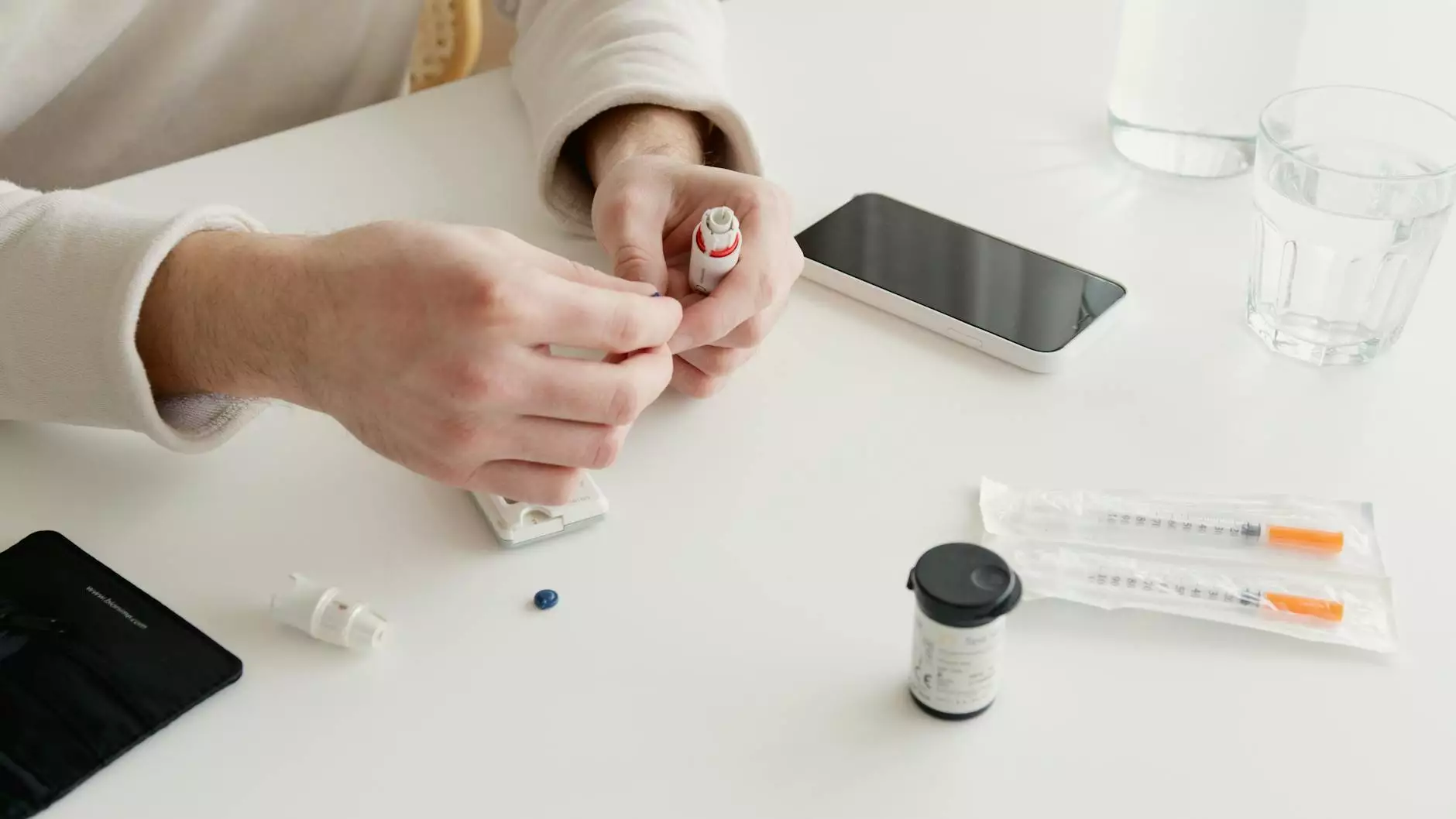Essential Tools for Plastic Surgery: A Comprehensive Guide

Plastic surgery has evolved exponentially over the years, utilizing advanced technologies and tools that enhance surgical outcomes and improve patient safety. From intricate procedures like reconstructive surgery to aesthetic enhancements, the right tools play a crucial role in ensuring successful results. This article serves as a detailed guide to understanding the various tools for plastic surgery, their importance, and how they contribute to remarkable transformations in the medical field.
The Evolution of Plastic Surgery Tools
The journey of plastic surgery has been marked by innovation. Historically, plastic surgeons relied on simple instruments. However, the needs of patients and advances in technology have paved the way for modern surgical tools that are more effective and safer.
Today, the arsenal of tools for plastic surgery includes a wide range of instruments designed to optimize precision and outcomes. Understanding these tools is essential for both practitioners and patients seeking to understand the surgical process.
1. Surgical Instruments Overview
At the core of plastic surgery are various surgical instruments that help surgeons perform procedures with accuracy and control. Here’s a look at some essential tools:
Scalpels and Blades
Scalpels are critical in making precise incisions. They come in various types, allowing surgeons to choose the best fit for the specific surgical procedure. The sharpness and control of a scalpel are vital in ensuring the least amount of tissue damage.
Scissors
Surgical scissors are specialized tools used to cut various types of tissue. Different designs cater to specific needs, such as dissecting tissues or cutting sutures.
Forceps
Forceps act like tweezers but are designed for medical applications. They are used for grasping, holding, and manipulating tissues. Surgeries often require delicate handling of tissues, making forceps indispensable.
Suction Devices
Suction devices help maintain a clear surgical field by removing blood and other fluids. They are crucial for visibility and can significantly influence the efficiency and safety of the procedure.









